Do you heat your house with wood heat? Wood stoves are a great way to provide heat even when the power goes out. They help lower your heat bill.
But, burning wood takes a little preparation. You need to make sure your stove is ready to burn safely throughout the winter months. You’ll have to put up a supply of firewood to see you through the season.
Here are some major mistakes people make when burning wood, and how you can avoid them.
1. Not Inspecting & Cleaning Your Stove
Before you start burning around the clock, make sure your stove and chimney are ready for the season. As part of this inspection, you’ll want to examine your firebrick lining and see if any of it needs replaced. The brick reflects heat, keeping the body of the stove from overheating.
You’ll also want to make sure the chimney is cleaned. You can either get it cleaned professionally, or do it yourself, whichever you are most comfortable with. This will prevent chimney fires, and help your fire burn more efficiently.
If any of your stovepipe leading to the chimney has a sharp turn, you’ll want to give that section extra attention during cleaning. Creosote can build up quickly in a bend. When your stove is cool, disconnect the pipe if you can and take it outside to ensure its thoroughly cleaned.
While you’re checking your stove, be sure to check the seal around the door. You want a tight seal to keep smoke from getting into your house. The braid cord that’s around the door in many stove models may occasionally need replaced.
Once everything is in good working order, you’ll be all set to use your stove all winter long. Neglecting these steps can lead to a chimney or house fire.
2. Not Having Enough Wood
You don’t want to run out of wood in the middle of winter. It’s always best to have too much wood on hand rather than too little. How much you’ll need depends on many factors, such as:
- Whether your family is home all day
- How large your house is
- How efficient your stove is
- How much insulation your house has
- How low the temperatures drop in your area
- The type of wood you’ll be burning
- How hot you like your fires
- How much of the year you’ll burn
I live in a large, old home without much insulation in the rooms we haven’t yet renovated. Most windows are still single-paned. And the kids and I are home all day long.
We burn a lot more wood than my parents who live across the street. Their home is insulated well, has updated windows, and they work out of the house so they just bank their fire before they leave.
Ten cord of wood is what we try to have on hand at the start of winter. We don’t typically burn it all, but if the temperatures drop below zero, we go through wood at an alarming rate. We also don’t just burn in the “winter” months. To keep the house comfortable, we usually burn September through May.
It’s a lot of wood, but I’d much rather end the burning season with a head start on next winter’s supply than be caught short. We did that once when we first moved here, and falling dead trees with three feet of snow on the ground in the freezing weather wasn’t fun.
When you make your estimate for firewood usage, estimate high, especially if it’s your first year. You’ll be able to get a better idea of how much wood you used in the spring. That’ll make future estimates easier.
3. Not Storing Your Wood Properly
Once you have your firewood cut, it’s time to split it and stack it. You want to make sure it’s not going to get wet over the winter, so store it somewhere dry.
It’s best to store your wood off the ground a bit, like on a pallet. That way the air can circulate throughout the pile and keep everything dry.
You can stack your wood in a woodshed, an old barn, a lean-to, or pallets in the yard with a tarp on top. You’ll want to ensure a couple sides of your woodpile are opened to allow air to circulate.
Since wood is flammable and can attract pests, it’s best not to store large quantities of it touching your house or in your basement.
Properly storing your firewood will help protect your supply. That way you always have seasoned wood ready to go when you need it.
If you don’t take care of your woodpile, it’ll get exposed to the elements and won’t dry out.
4. Not Having a Backup Plan
What would happen if your wood supply gets stolen or compromised? What if you underestimated how much you’d need and now you’re out?
If you need to heat your home and you’re out of wood, there are some alternatives to burn in your stove. Some will burn quickly, while others will smolder for quite a while.
You should think through a worst-case scenario before winter hits, and examine some of your options.
- Rolled Jean Logs
Do you have old jeans that no longer fit or are so full of holes you can’t wear them? You can roll each pair into a tight log, tie it with string or twine, and then let it burn.
The tighter you roll it, the longer it’ll take to burn. That’s because you’re keeping the air from circulating through it as quickly.
To make a jean roll, you’ll need a pair of jeans and a couple of feet of string. Here’s the way I found to be the easiest.
Stretch the jeans out in front of you, with the legs closest to your body. Begin rolling one leg. Roll it as tight as you can, jellyroll style.
Once you get to the crotch, take a section of string and tie it around the rolled leg to keep it in place. You’ll want the string to run across the long end of the roll rather than the short end.
Now, repeat with the other leg.
When both legs are secure, grab onto both sections. Slowly begin rolling the leg rolls up into the waist of the pants. It’ll be bulky, so you’ll have to keep pressure on it to keep it tight.
The waist section should completely cover the individual leg rolls and wrap around it a couple of times. Once you’ve reached the top of the jeans, it’s best if you have some help to tie it. That way you can ensure it stays tightly wound.
Wrap string all the way around it and secure tightly. Repeat in three more places. Now your jean logs are ready for the fireplace.
- Rolled Paper Logs
Do you have a large supply of newspapers on hand? What about books, magazines, or a couple of phone books? This paper can all be used to create rolled paper logs to burn.
You’ll need to stack up your paper before you roll it. You want your finished log to be about three inches in diameter, so you might need to experiment with how much you stack to see how thick your finished product turns out.
As with the jeans, you’ll want to roll the paper as tightly as possible. It’ll take a while to get the first couple of logs rolled, but once you get the hang of it, the process will go more quickly.
Once the paper is rolled, use string, twine, or rubber bands to hold it tightly. You don’t want it to unroll on you.
Video first seen on New and Lost Crafts.
- Green Wood
If you have access to green wood, you can cut it down and it’ll burn. Are there any shrubs, bushes, or trees in your yard that you could get to safely?
When going this route, keep in mind that green wood burns differently than seasoned wood. It’s harder to start, and may require a propane torch instead of just a match.
Unseasoned wood also puts more creosote into your chimney, so you’ll want to ensure you check the chimney frequently for any build up. If you notice build up, let your fire go out and clean the chimney before you use it again. You don’t want to start a chimney fire!
- An Emergency Tree
We usually pick out one or two emergency trees at the start of each fire burning season. These are standing dead trees on the property that’ll be accessible by tractor even in the middle of winter. If our wood supply is ever compromised, we know that we can get a couple loads from those trees.
If you have your own wooded land, you might consider leaving an emergency tree too.
- Twisted Straw Sticks
You can take a page out of a Little House book and use the method Laura and Pa did in The Long Winter. When the Ingalls family ran out of wood to burn, they started twisting hay into long sticks.
It was time consuming, but kept the family warm through the long winter. If you have a surplus of hay or straw, you can make your own sticks to burn. You’ll want to ensure the sticks are tightly wound so they burn longer.
- Broken Furniture and Wood Scraps
Do you have any broken wood furniture around your homestead? How about wood scraps from building projects? Both can be burned.
What other wood burning mistakes can you add?
These are four common mistakes that people burning with wood make. Can you add others to the list? How do you best prepare for your wood burning season?
This article has been written by Lisa Tanner for Survivopedia.


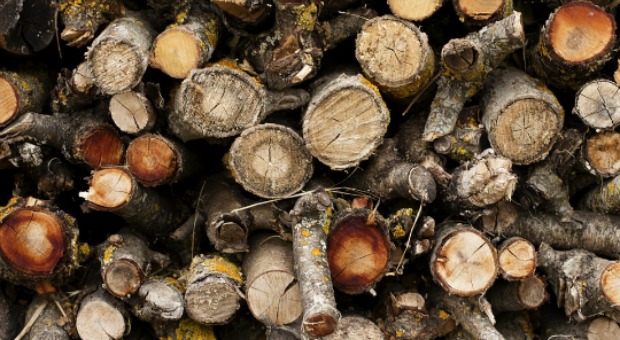
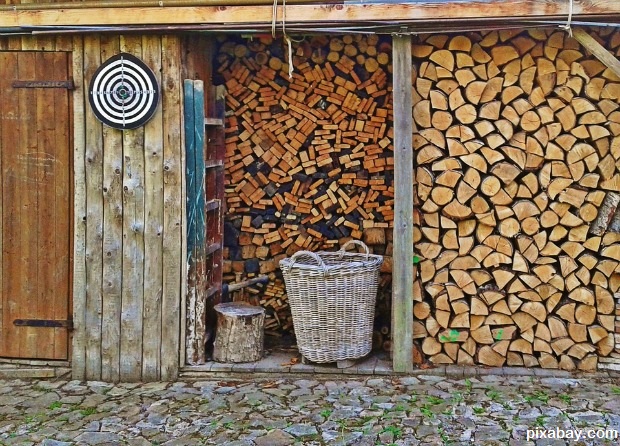
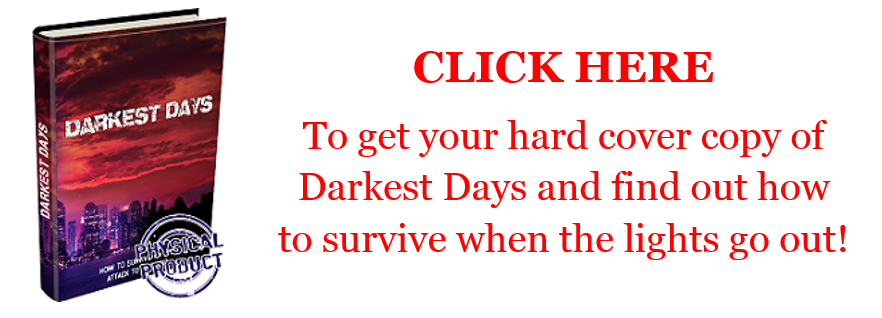
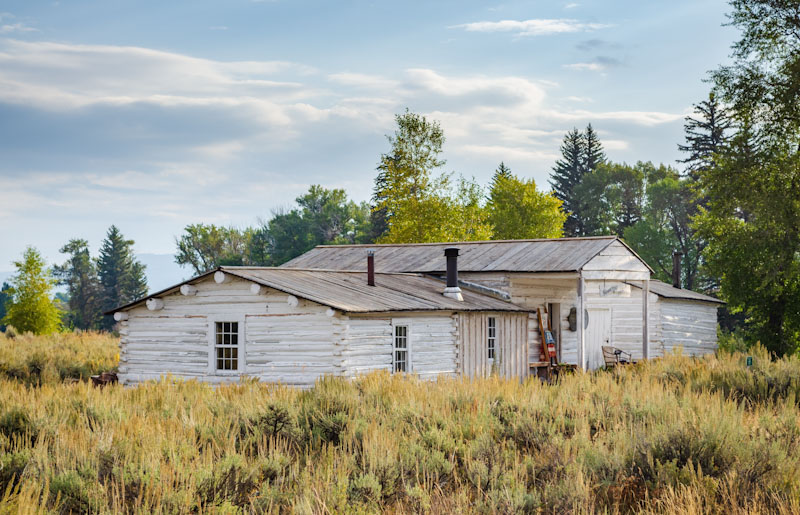

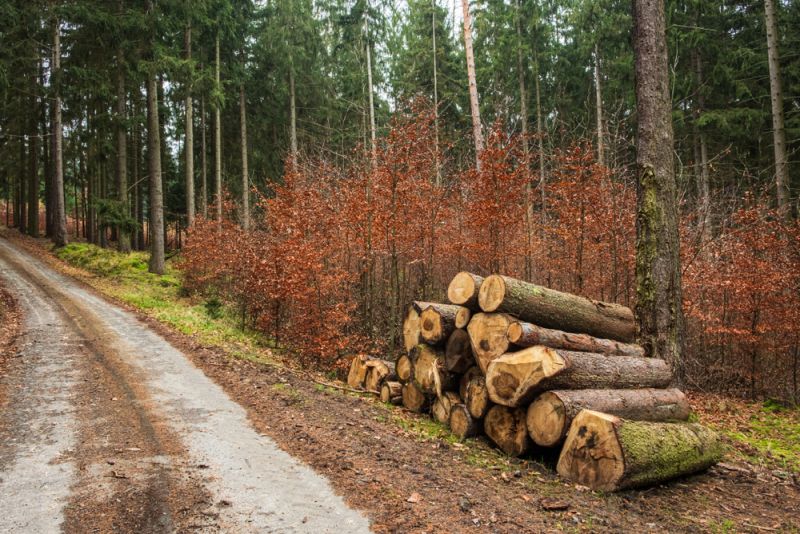
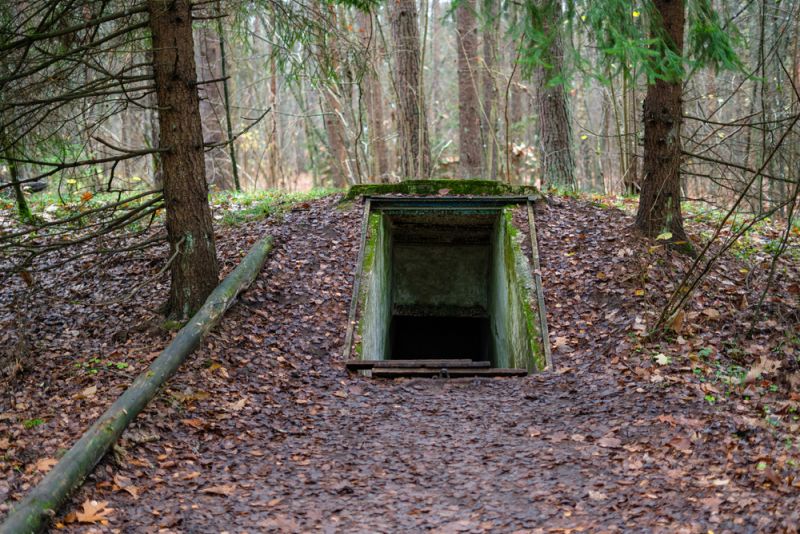

vocalpatriot | November 1, 2016
|
If I fail to lay up enough wood to make it through a season…I doubt I’ll have enough pairs of jeans to supplement…
woodburner | November 2, 2016
|
If you count on burning wood the same year you cut it, it is still to wet to burn right. Wood should have anywhere from 10 to no more than 18-20% moisture. More than that you are wasting your wood. Get a moisture meter and check a fresh split, not one split a week ago, split and test right then with the prongs running with the grain. If less than 20% go for it. There is a way to burn good wood that puts out more heat and you will burn less is have 3 years cut, split and stacked. Some say they never top cover till the fall before they burn. Mine are all in racks 4 foot wide, 6 foot tall and 16 foot long. Me I am 5 years ahead all c/s/s in those racks. This years wood I am cutting now will not be used till 2021. If it is off the ground it will keep a long time. I burn ALL types of wood except willow, it stinks. Yes I burn pine just as I would oak. If pine is dry like the other woods burns just fine.
Larey | November 6, 2016
|
You need to be very careful about burning pine!! I live in the south where we have a never ending supply of pine trees. The cresode build up from pine is much higher than any other wood and is highly combustible! No one I know of who has had experience with wood burning stoves burns pine as a source of heat inside their house because of the chance of cresode build up leading to a chimney fire, and the possibility of a house fire!!
I NEVER store wood over 3 years, 2 normally, because of the BTU loss. It’s almost like trying to burn rotten wood, it gives off much less heat. All wood needs some moisture in it to burn effective.
All I have written is based on using wood as a source of heating and cooking most of my life. My family has always use hardwood for inside heating or cooking. Pine was only used outside. I’m not saying you can’t use pine, but it’s like gambling, it’s a chance I’m not willing to take.
woodburner | November 2, 2016
|
I forgot to say if this is a prepper or homestead site you should advise people to have at least the right amount cut and done at least 2 years split small. Not a standing dead or green tree ready if needed, burning green wood is the best way to burn your house down. Dead trees the top limbs may be ready but I will say there on down it will be 30%+ moisture there down. I do not care if it is dead or alive when cut it get’s now 5 years in the my racks. I clean my chimney every other year and I have never got any more than about a cup of brown powder. If it is black and shiny you are burning either to cold of fires or green/wet wood.
Pingback:Surviving Off-grid: 5 Ways to Manage Chimney Creosote | Survivopedia | November 6, 2016
|